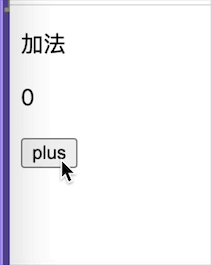如果我放入浏览器地址栏http:// localhost:3000 / api / me,我会返回index.html页面,但如果我使用fetch API来获取/ api / me,它会尝试通过后端调用.
问题是我必须使用后端进行身份验证,后端会设置一个cookie,但由于我无法访问http:// localhost:3000 / login上的登录页面,我无法获取cookie.
在我从create-react-app中弹出的另一个项目中,我有一个小文件来运行webpack-dev-server和配置
proxy: {
"*": "http://localhost:9191"
}
即使放入浏览器地址栏,它也会发出代理请求.
是否可以在create-react-app中创建此类设置?
For single page apps,we generally want to fallback to /index.html.
However we also want to respectproxyfor API calls.
So ifproxyis specified,we need to decide which fallback to use.
We use a heuristic: if requestaccepts text/html,we pick /index.html.
Modern browsers include text/html intoacceptheader when navigating.
However API calls likefetch()won’t generally accept text/html.
If this heuristic doesn’t work well for you,don’t useproxy.
在REST控制台扩展中运行http:// localhost:3000 / api / me的GET会返回正确的结果.
关于Fetch API and cookies的进一步阅读揭示我必须包括参数凭证:true以发送cookie:
fetch('/api/me',{
credentials: 'include'
})




